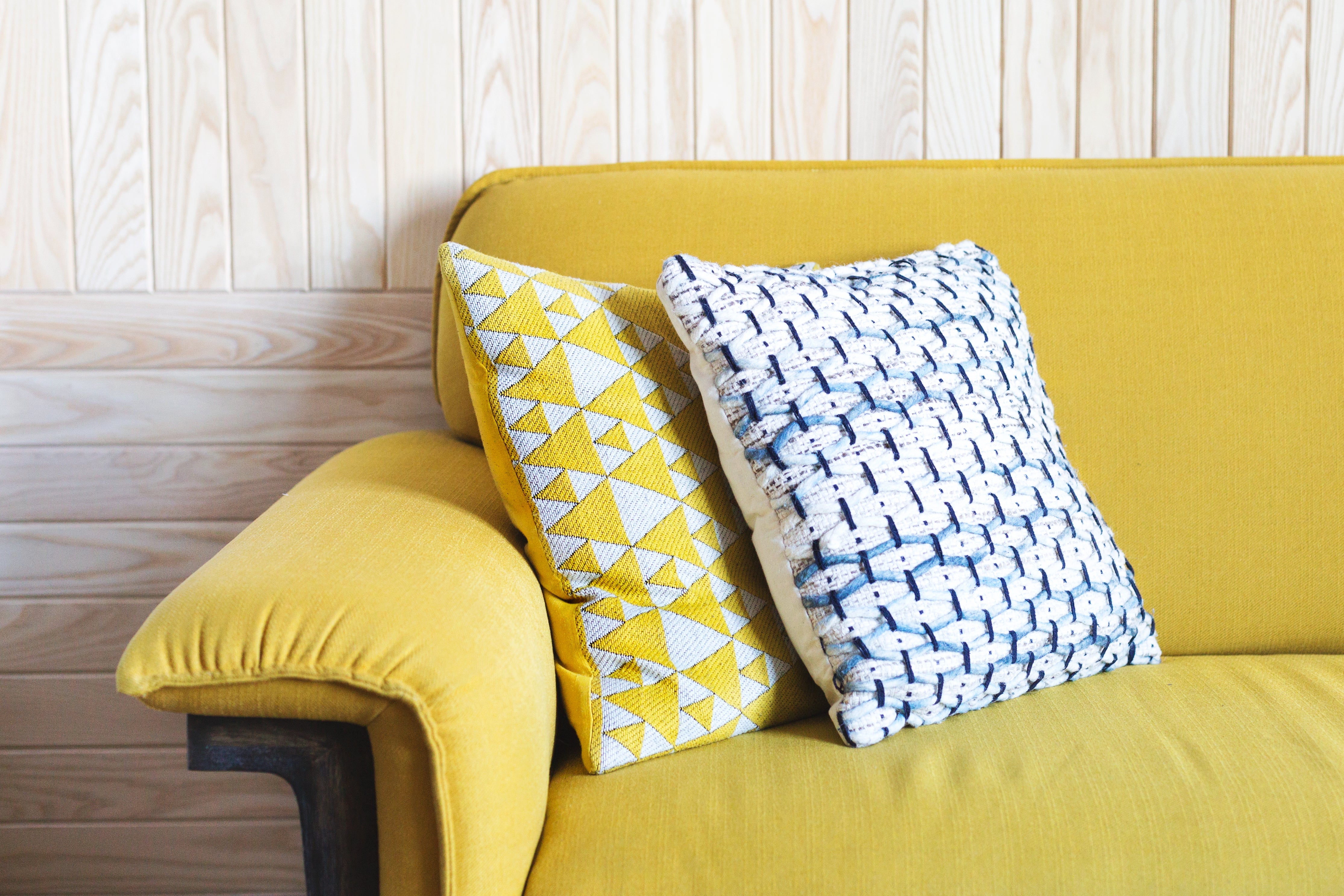Fashion and furniture design may seem like distinct realms, but they share a deep and symbiotic relationship. Both fields are driven by creativity, trends, and a desire to express individuality. The influence of fashion on furniture design is profound, often reflecting the cultural zeitgeist and pushing the boundaries of style and functionality. Here’s a closer look at how these two worlds intertwine and inspire one another.
Historical Connections
Throughout history, fashion and furniture design have evolved in tandem, each influencing the other. During the Rococo period, for instance, the opulence of clothing—marked by intricate embroidery, luxurious fabrics, and elaborate silhouettes—mirrored the ornate, curvaceous, and highly decorated furniture of the time. Similarly, the sleek lines and minimalist aesthetics of the mid-century modern movement were reflected in both the clothing and furniture designs of the era, emphasizing simplicity, form, and function.
Trends and Innovations
- **Color Palettes**: Fashion often dictates the color trends in furniture design. When certain hues become popular on the runway, they quickly make their way into home decor. Pantone’s Color of the Year, for instance, influences not only fashion but also interior design, guiding the color choices for everything from sofas to throw pillows.
- **Patterns and Textures**: Patterns that dominate the fashion world, such as floral prints, geometric shapes, or animal prints, frequently appear in upholstery fabrics, wallpaper, and rugs. Textural elements like pleats, ruffles, and metallic finishes transition from clothing to furniture, adding depth and interest to living spaces.
- **Materials**: The materials used in fashion—whether natural fibers, synthetic blends, or innovative new textiles—often inspire furniture designers. The use of sustainable and eco-friendly materials in fashion has led to a similar trend in furniture design, with a growing emphasis on organic and recycled materials.
- **Silhouettes and Forms**: The shapes and forms seen in fashion influence the contours of furniture. For example, the structured lines of a tailored suit might inspire the design of a sleek, angular chair, while the flowing drapes of a gown could be echoed in the soft, curved lines of a sofa.
- **Functionality and Versatility**: Just as fashion evolves to meet the practical needs of individuals—such as the rise of athleisure and multi-functional clothing—furniture design increasingly focuses on versatility and functionality. Modular furniture, convertible pieces, and designs that serve multiple purposes reflect the dynamic lifestyles of modern consumers.
Iconic Examples
- **Art Deco**: The bold, glamorous style of Art Deco fashion, characterized by geometric patterns, luxurious materials, and vibrant colors, had a significant impact on furniture design. Art Deco furniture often features mirrored surfaces, lacquered finishes, and intricate inlays, echoing the opulence of the era’s fashion.
- **Scandinavian Minimalism**: The minimalist aesthetic of Scandinavian fashion, with its emphasis on clean lines, neutral colors, and functionality, parallels the principles of Scandinavian furniture design. Both focus on simplicity, craftsmanship, and the use of natural materials.
- **Postmodernism**: The playful, eclectic nature of postmodern fashion, which often combines elements from different styles and eras, is reflected in postmodern furniture design. This approach challenges traditional notions of form and function, resulting in pieces that are both whimsical and thought-provoking.
Contemporary Influences
Today, the crossover between fashion and furniture design is more evident than ever. High-profile collaborations between fashion designers and furniture brands are common, resulting in exclusive collections that blur the lines between clothing and decor. Designers like Tom Ford, Giorgio Armani, and Ralph Lauren have extended their fashion empires into home furnishings, bringing their distinct aesthetic sensibilities to furniture design.
Social media and the rapid dissemination of trends also play a crucial role in the convergence of fashion and furniture. Platforms like Instagram and Pinterest showcase how fashion-forward individuals style their homes, influencing consumer preferences and driving new trends in furniture design.
Conclusion
The influence of fashion on furniture design is a testament to the interconnectedness of creative disciplines. Both fields are driven by innovation, trends, and a desire to enhance the human experience. As fashion continues to evolve, it will undoubtedly inspire new directions in furniture design, shaping the spaces we live in and the way we express ourselves. By recognizing and embracing this dynamic relationship, we can create interiors that are not only stylish but also deeply reflective of our personal tastes and the cultural moment.


